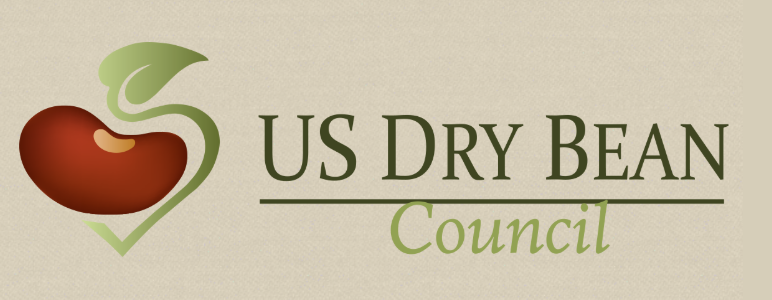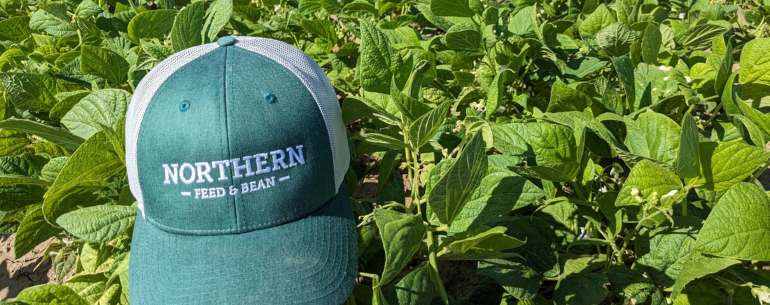A History of Dry Beans in American Agriculture
January 16, 2024
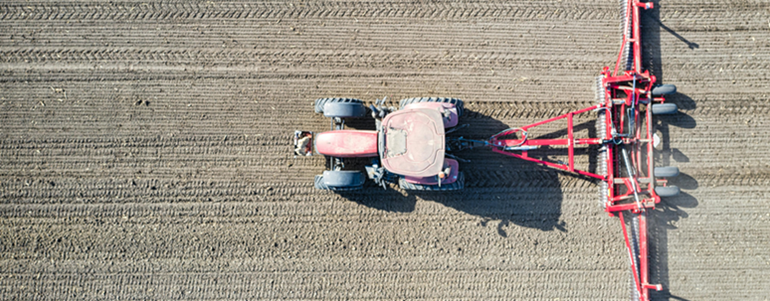
Dry beans have been a cornerstone of American agriculture for centuries, deeply rooted in the history and culture of both Indigenous peoples and settlers. From ancient cultivation to modern commercial farming, beans have played a vital role in feeding communities and shaping agricultural practices across the continent.
The Origins of Dry Beans in the Americas
Dry beans, including varieties like pinto, black, kidney, and navy beans, are native to the Americas. Archaeological evidence shows that beans were domesticated over 7,000 years ago in Mesoamerica, alongside staples like corn and squash. These three crops, often referred to as the "Three Sisters," formed the foundation of Indigenous agricultural systems.
For Native American tribes, beans were more than a source of nutrition; they were a key element of sustainable farming. Planted together, beans fixed nitrogen in the soil, which benefited the corn, while the squash provided ground cover to reduce weeds and retain moisture. This intercropping method demonstrated an advanced understanding of ecological balance.
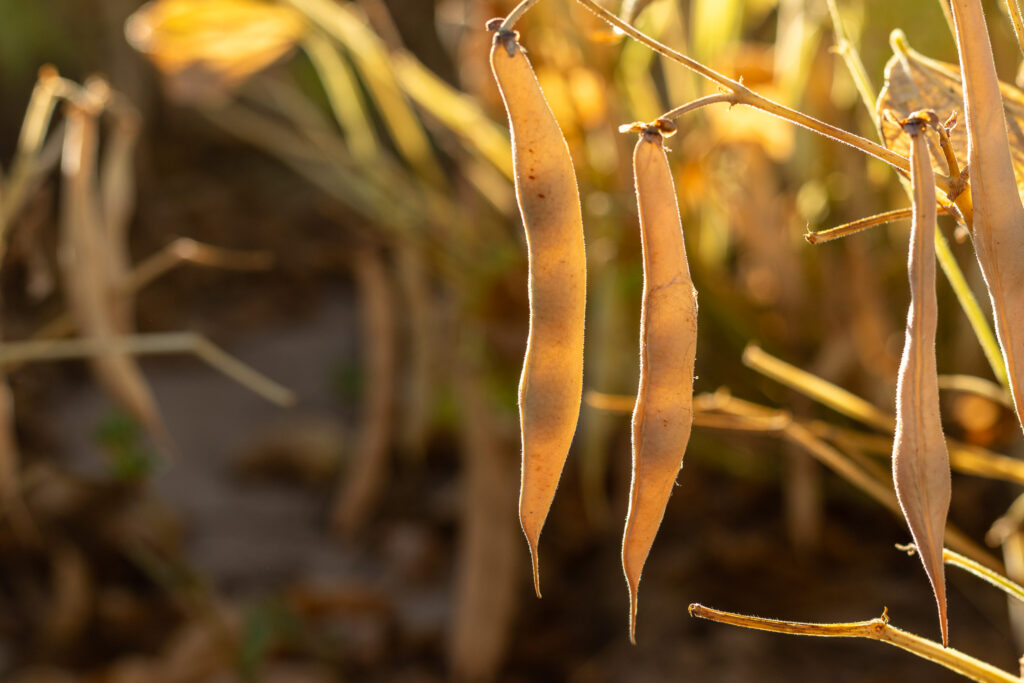
The Arrival of Beans in Colonial America
When European settlers arrived in the Americas, they quickly adopted beans into their diets and farming practices. Dry beans were a reliable, non-perishable food source that could be stored through harsh winters and transported easily. Beans like navy and kidney became staples for early American settlers, who appreciated their versatility and nutritional value.
During the colonial era, beans were often grown in small, subsistence farms and used as a protein source alongside corn and pork. The hearty meals made from beans, such as baked beans, became iconic in regions like New England, where slow-cooking methods preserved their flavor and made them a communal dish.
The Rise of Commercial Bean Farming
By the 19th century, advancements in farming equipment and techniques led to the expansion of bean cultivation. The U.S. became a significant producer of dry beans, with states like Michigan, North Dakota, and Colorado leading the way. The development of the bean harvester in the mid-20th century further revolutionized the industry, making large-scale production more efficient and reducing labor costs.
The expansion of railroads in the late 19th century also helped the bean industry flourish. Farmers could transport their crops to markets across the country, increasing demand for dry beans as a pantry staple in American households.
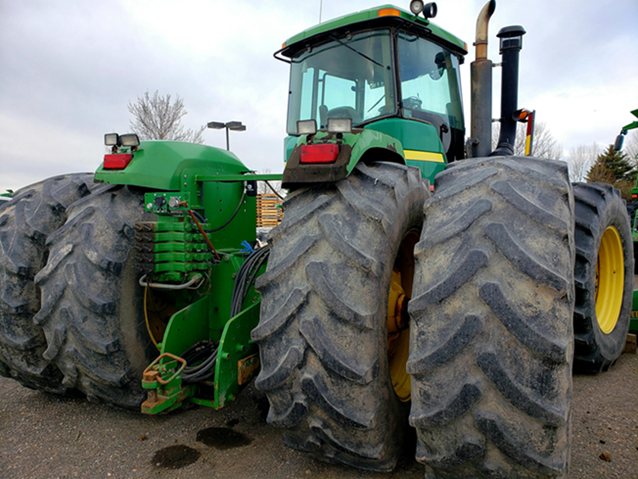
Modern Bean Farming in America
Today, dry beans remain a vital crop in American agriculture. The U.S. is one of the world's largest producers and exporters of dry beans, supplying a variety of markets domestically and internationally. Modern farming practices prioritize sustainability, with many growers focusing on soil health, water conservation, and reduced pesticide use.
States like Colorado, Wyoming, Nebraska, and Michigan continue to produce high-quality beans, including pinto, Mayocoba, and black beans. Brands like High Plains Beans highlight the enduring importance of beans in the agricultural landscape, offering consumers nutritious and versatile options for their meals.
The Nutritional and Cultural Legacy of Beans
Beans have not only sustained people physically but have also become deeply embedded in cultural traditions. From Indigenous ceremonies to regional dishes like Tex-Mex chili and Southern hoppin’ john, beans tell a story of resilience, adaptability, and community.
As consumers embrace plant-based eating and sustainable food choices, beans are poised to remain a staple in American diets. They’re a testament to the enduring relationship between agriculture and the people it serves.
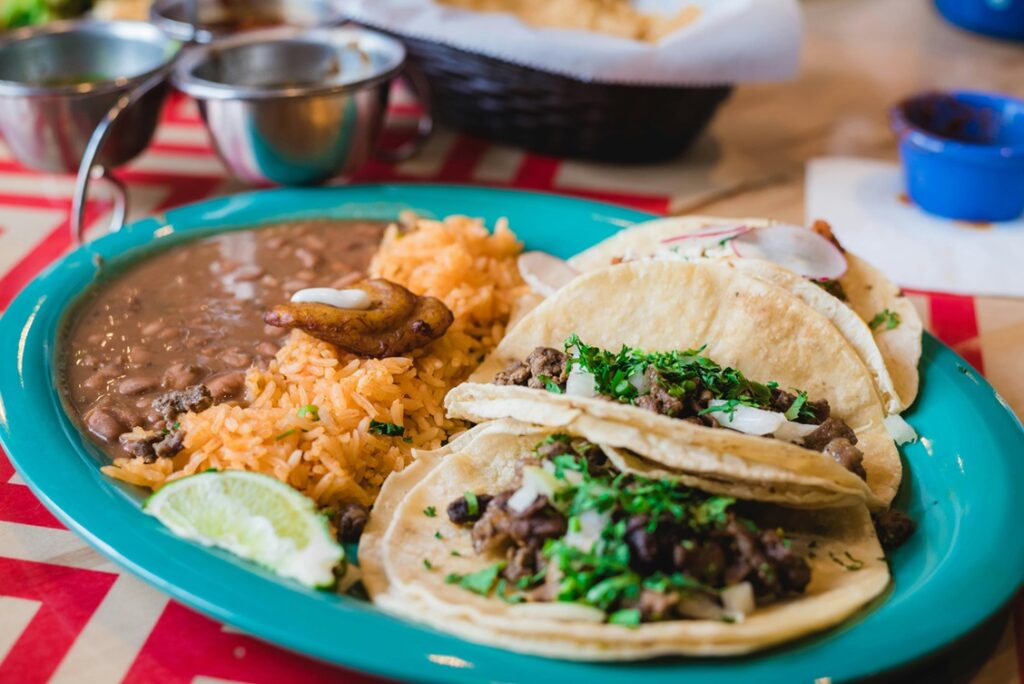
Conclusion
The history of dry beans in American agriculture reflects the broader story of food, culture, and innovation. From their Indigenous roots to their place in modern farming, beans continue to nourish and inspire. By choosing high-quality, locally grown beans, we honor this rich legacy while supporting sustainable farming for future generations.

